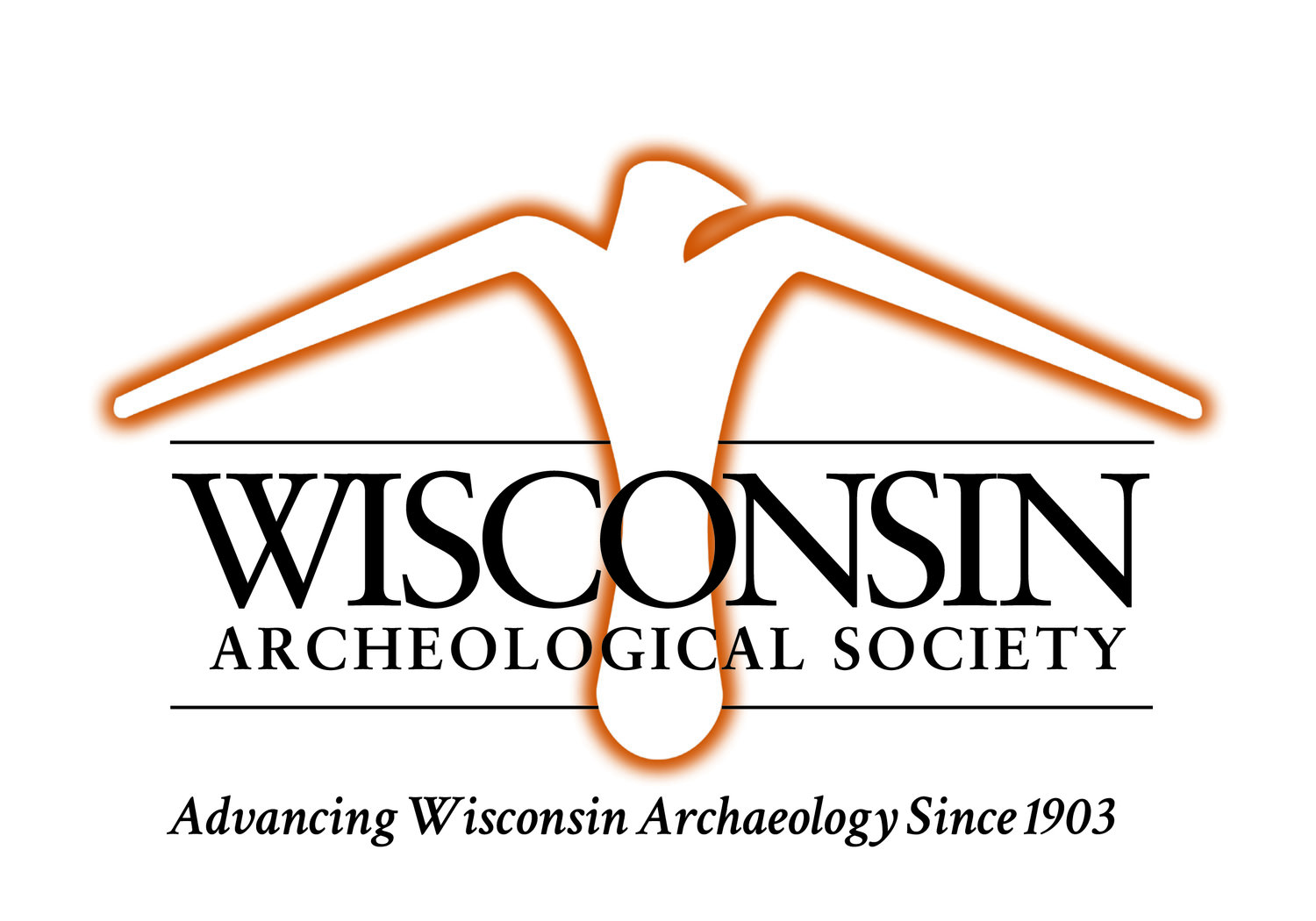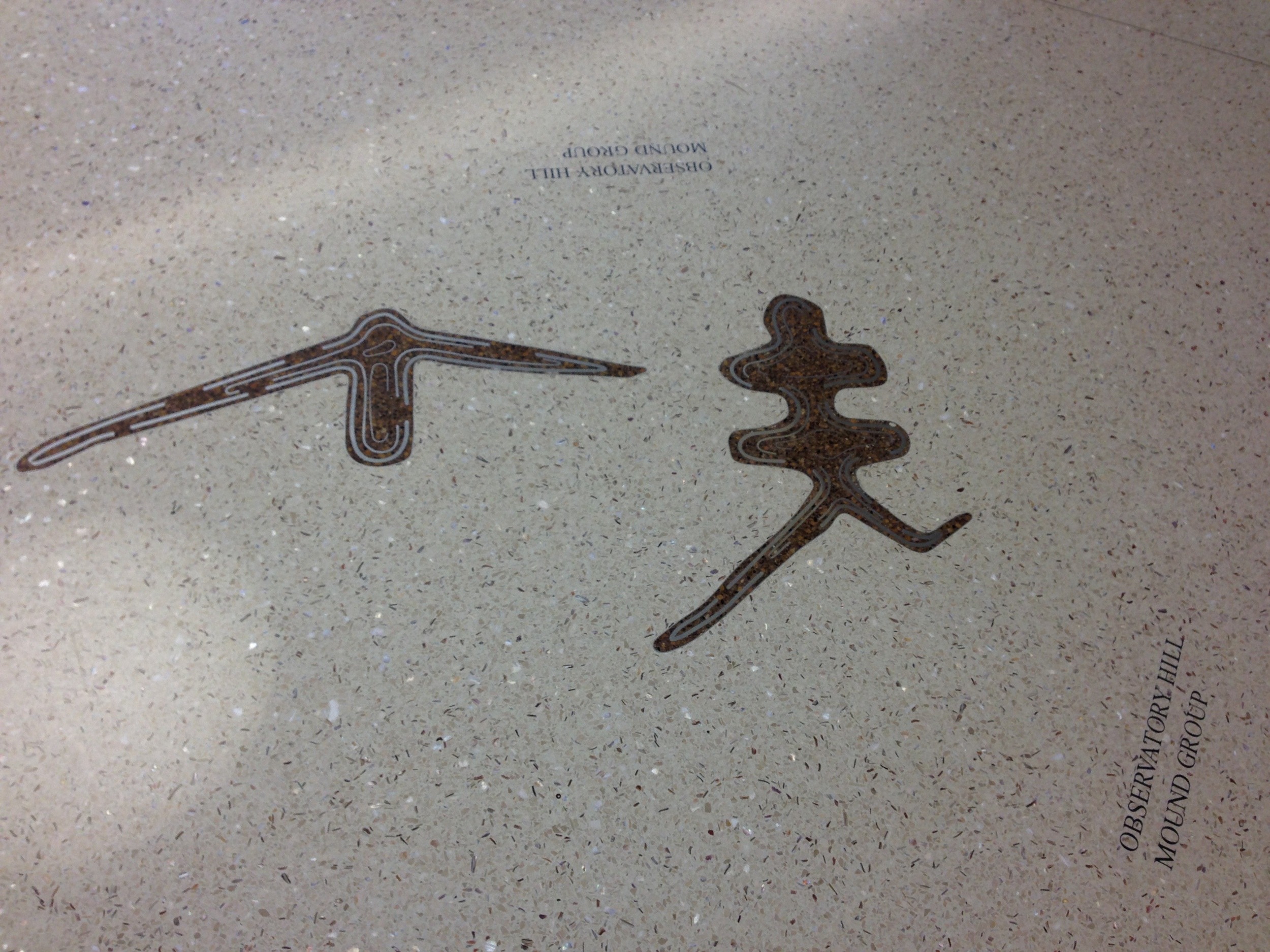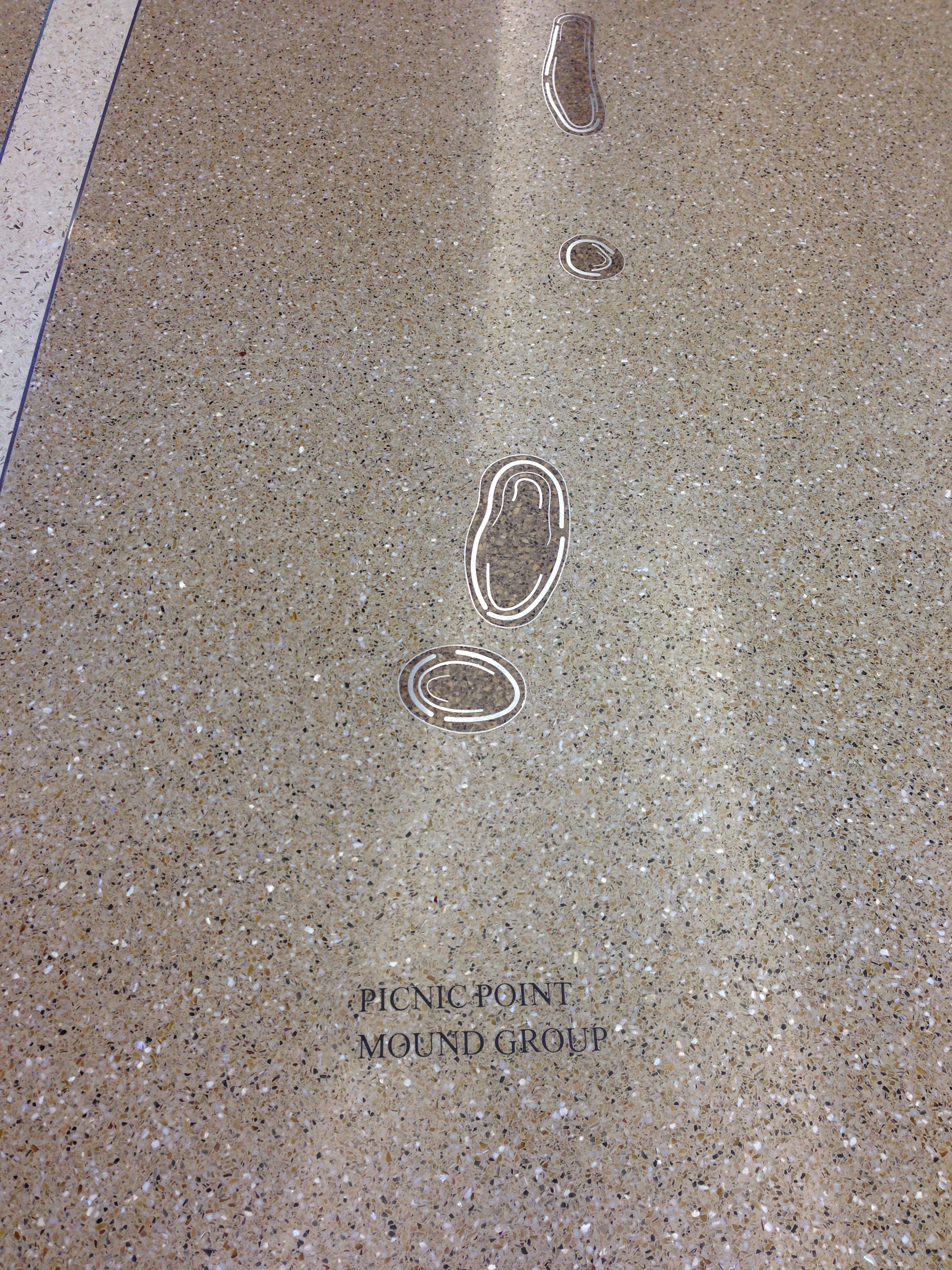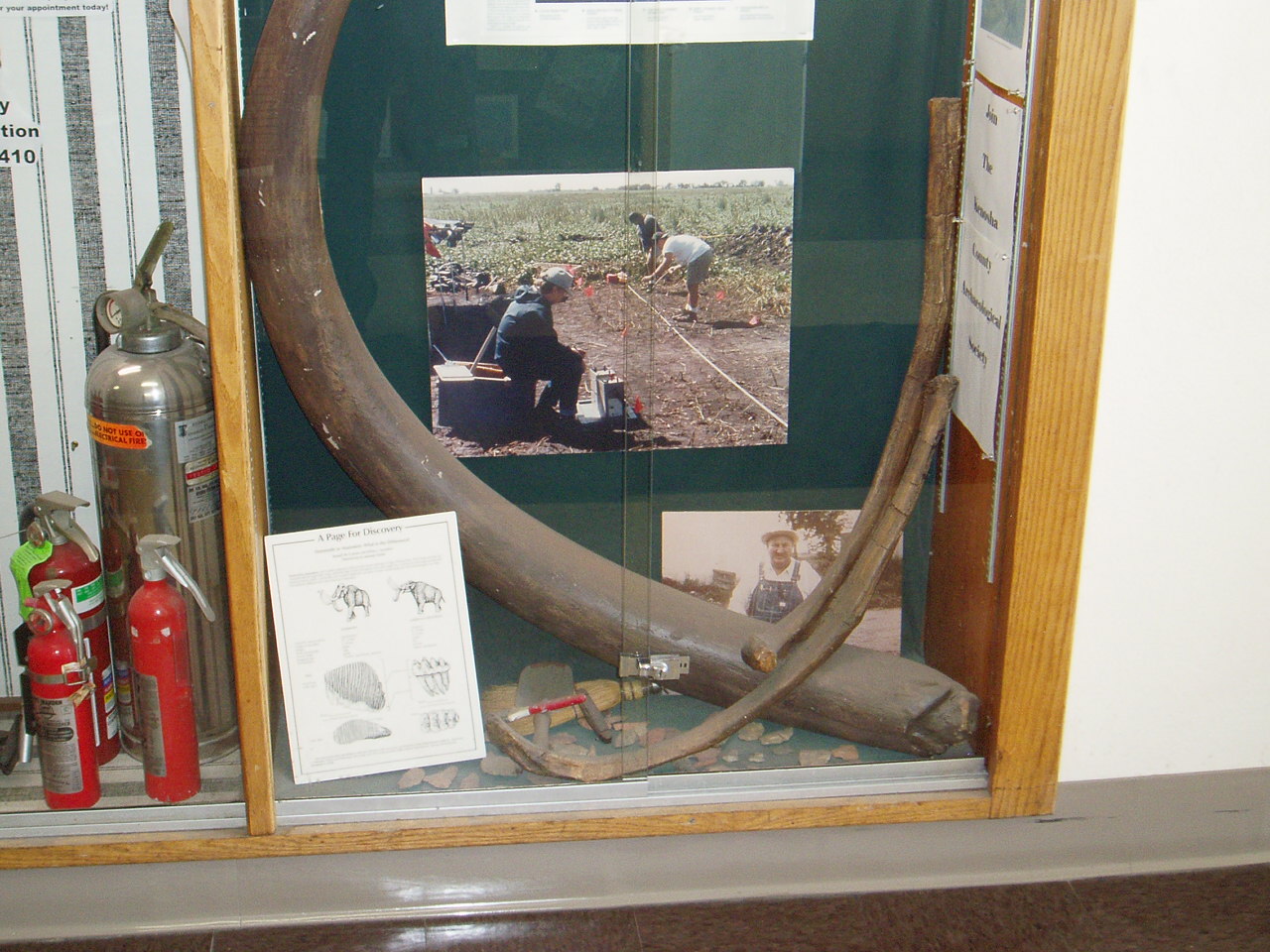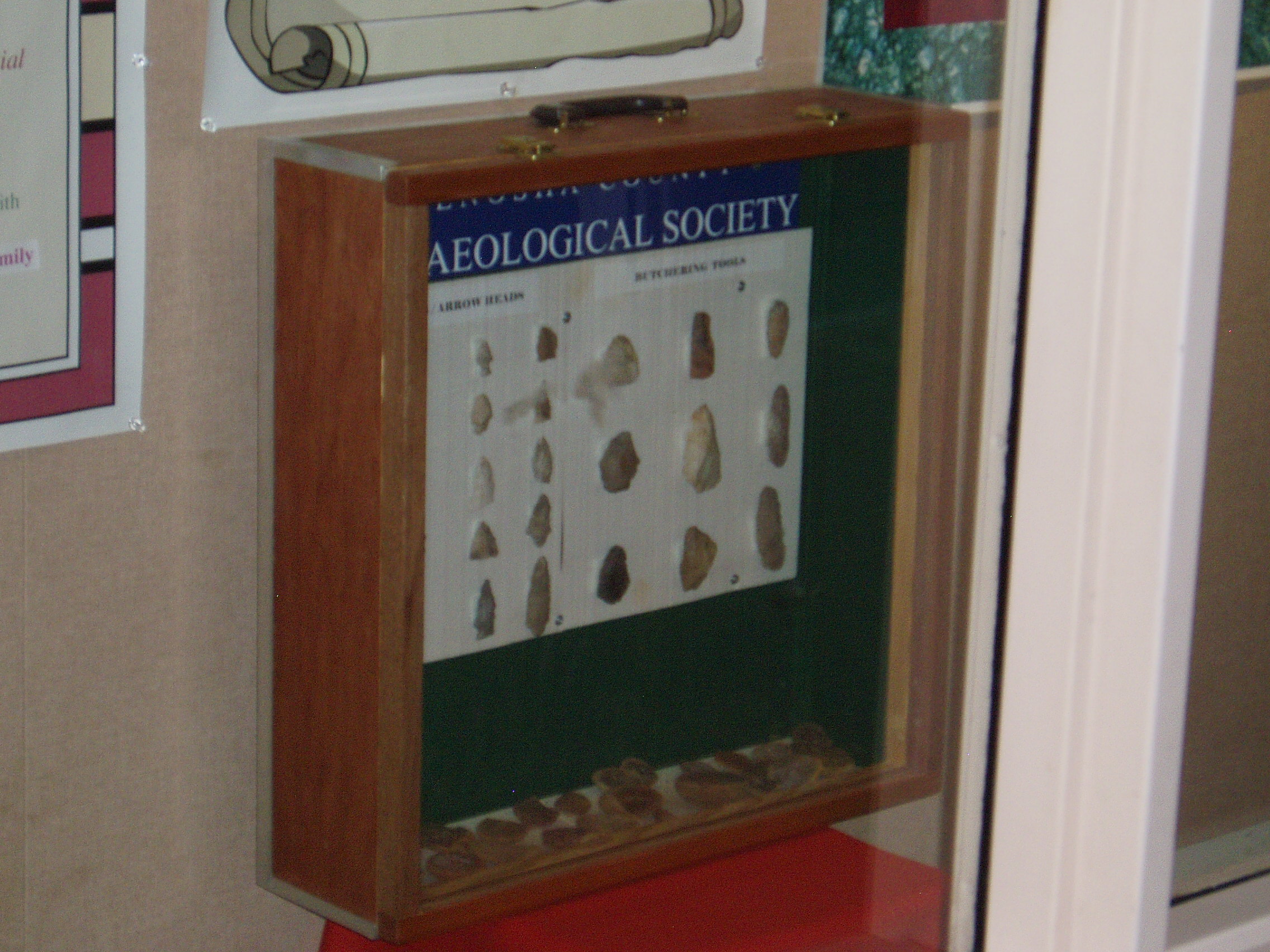UW-Baraboo/Sauk County student donates mammoth jaw bone
Read MoreNew Book on Wisconsin Native American Artifacts
/A new book titled, "Native American Artifacts of Wisconsin" by Paul Schanen and David Hunzicker highlights Native American projectile points, agricultural tools, and ceramics from around the state. Their book features photos of hundreds of artifacts, many of which are from the Tomah area and central Wisconsin. Schanen was quoted in the Lacrosse Tribune, saying his motivation for writing the book was partially the lack of recent books on the topic. He says it took about three years to write.
"Native American Artifacts of Wisconsin" can be purchased for about $75 from amazon.com. The book currently has 8 reviews and a five-star rating.
Busy Summer at Aztalan State Park
/Recognized as a National Historic Landmark, the prehistoric Mississippian village of Aztalan is well-known as one of the most important archaeological sites in Wisconsin – and this summer is shaping up to be a very busy time for archaeologists at Aztalan!
Photo Credit: Dan Seurer :: http://danseurer.com/aztalan-archeology-2013/
Three teams will be conducting investigations at Aztalan from early June through mid-August:
- Michigan State (Currently underway and continuing through June 28th). Dr. Lynne Goldstein is directing excavations of the “Gravel Knoll” and an area outside the main palisade line, just west of the southwest platform mound; investigations are on-going from Tuesday mornings through Sundays at noon.
- University of Wisconsin-Milwaukee (July 22nd – August 17th). Dr. John Richards will be continuing his research, excavating along Aztalan’s banks and shoreline areas on the west side of the Crawfish River.
- DNR/University of Wisconsin-Milwaukee (dates TBA). Working with Dr. Richards of UWM, Wisconsin DNR is supporting geoarchaeological investigations of various areas within the site, on both sides of the Crawfish River.
This will be the most active archaeological field season at Aztalan in decades – a perfect time to visit the site and see real archaeologists “in action” (note that Michigan State is working on weekends).
For additional information, please contact Mark Dudzik, Departmental Archaeologist, at mark.dudzik@wi.gov
"Ancient Whitewater mounds see rebirth"
/The Whitewater Effigy Mounds Preserve in Whitewater, Wisconsin, was recently featured in the local news. The mounds were destined to be destroyed by construction of US Highway 12 until a group of local residents came to the rescue and convinced the Wisconsin Department of Transportation that the mounds needed to be preserved. In 1974, the site became a city park. The Preserve protects 13 earthworks.
The park features numerous signs and plaques that serve to educate visitors about the mounds. The city's plans for the Preserve include ongoing restoration and maintenance. A new entrance sign has been installed, and the are plans to improve all the signage at some point in the future. A ground cover conversion has begun, to change from mowed turf to prairie plants.
See the news article itself for more. The article also features Wisconsin Archeological Society member Richard Helmick.
http://www.wdtimes.com/news/local/article_976521c8-14d0-11e2-9218-0019bb2963f4.html
Mariann Scott and Richard Helmick are shown at the sign that greets visitors to the Whitewater Effigy Mounds Preserve, located on Whitewater’s west side, just south of U.S. Highway 12 on Indian Mounds Parkway.
Source: STEVE SHARP/Daily Times
To submit a news story, send an email to contact@wiarcheologicalsociety.org with "News Submission" in the subject line.
New Year's Resolutions: 2013 and Beyond
/2013 is the 110 year anniversary of the Wisconsin Archeological Society. As we all prepare for the holidays and look forward to 2013, the Wisconsin Archeological Society is also looking toward the future. Looking back at 2012 and earlier, the Society saw some notable changes and events:
- A new chapter was formed - the University of Wisconsin-La Crosse Archaeology Club. This chapter is unique in that it is totally composed of students.
- At the spring 2012 meeting, Robert "Ernie" Boszhardt finished up his term as president, and Kurt Sampson began his term.
- Heather Walder was awarded the Wisconsin Archaeological Society Research Award for her work on fur-trade-era glass trade beads and copper kettle re-working by Native peoples.
- The backstock of journal issues and merchandise has been consolidated mostly-eliminated, opening up opportunities for new merchandise and digital distribution of journal issues.
- The first deposit of Society documents was made with the Wisconsin Historical Society for permanent professional archiving and public access.
- The Society migrated to new website and email services.
Looking toward 2013 and reflecting on our 110 years, we have several things planned for the new year and beyond, including:
- Increased funding to the Wisconsin Archeological Society Research Award, allowing for two recipients of $500 each instead of the current single $500 award.
- Increased funding to the Preservation of Sites committee
- Formulation of an Education and Outreach committee
- New additions to the website, including education resources and individual chapter webpages
- Online videos of Society and Chapter lectures, to reach members who are unable to attend. (Filming with proper permission from speakers and institutions)
- Digitization of The Wisconsin Archeologist back issues, with all 110+ years of the journal being available on CD and as digital download (physical copies will still be distributed twice per year as always)
What would you like to see the Wisconsin Archeological Society do? What changes would you like to see? Please comment below, on our Facebook page, or send us an email at contact@wiarcheologicalsociety.org. As always, we welcome members' submissions to the Newsletter, and archaeological news stories from around the state for posting to the website.
Now is an excellent time to share your ideas and concerns. The Society cannot operate without the input of its members, and even the simplest participation can result in big changes and exciting new programs. This is your society, so make your voices heard!
Looking forward to celebrating our 110 years,
Kurt Sampson, president
New UW-Madison Residence Hall Highlights Mounds on Campus
/Adapted from the University of Wisconsin-Madison website
Dejope Residence Hall, formerly Lakeshore Residence Hall, is the Division of University Housing’s newest residence hall, opening in August 2012 and situated in the lakeshore neighborhood near Lake Mendota and next to the UW Gymnasium-Natatorium.
Dejope is the name that the Ho-Chunk and other American Indians have called the Madison area for thousands of years, meaning "Four Lakes" in the Ho-Chunk language. Learn more about naming of Dejope Hall here. An excerpt:
UW-Madison has many sites on campus where the archaeological record can still be explored and studied. There are more distinct archaeological sites at UW-Madison than on any other university campus. The best known and most visible legacies of past native peoples at UW-Madison are earthen burial mounds which are widely scattered across the campus, with four mound groups located close to Dejope Hall. The mounds probably served a number of purposes, but the most obvious use was as a place of burial. Mounds are considered to be human burial sites and are protected by law. Images of four mound groups [are] incorporated into the first floor terrazzo flooring at Dejope Hall, along with informational displays about them.
The 318,000 sq ft, $47.6 million residence hall features:
- Spacious double rooms in a cluster-style floor plan
- Breathtaking lake views
- Five floors, including four residential living floors
- Carpeted and air-conditioned resident rooms
- Eight marketplace dining venues in Four Lakes Market
- Convenience store
- Coffee shop & creamery
- Conference space
- Classroom space, on-site advising, Technology Learning Center (TLC), University Health Services (UHS) office
- Outdoor fire circle & terrace
- Beautiful outdoor green space on the shore of Lake Mendota
Photos by Jake Pfaffenroth
To submit a news story, send an email to contact@wiarcheologicalsociety.org with "News Submission" in the subject line.
Oneota Excavation near La Crosse
/This summer, the Mississippi Valley Archaeology Center at the University of Wisconsin-La Crosse excavated an Oneota site in advance of Highway 35 construction in Onalaska. Excavation has yielded potsherds, animal bone fragments, and refuse piles, among other materials and artifacts.
"We went into the project knowing that there was a possibility of finding material there," said Kathy Stevenson, projects director at MVAC. "But we really didn't know for sure whether anything would be intact and we certainly didn't expect there would be as much as there was." Roughly 1500 bags of material were collected. (Madeline Sky, 8/22/12, WXOW.com)
http://www.wxow.com/story/19094586/highway-35
http://www.wxow.com/story/19347392/uw-la-crosse-processes-excavation-artifacts
To submit a news story, send an email to contact@wiarcheologicalsociety.org with "News Submission" in the subject line.
New Archaeology Displays in Kenosha County
/The Kenosha County Archaeological Society (a local chapter of the Wisconsin Archeological Society) has installed two new public displays - one at the Kenosha Municipal Building, and the other at the Northside Library. The displays contain information about a wooly mammoth discovery and excavation as well as information about the Kenosha county Archaeological Society.
Located in the cases are pictures of the mammoth dig site along with replica tusk and rib bones. The displays also feature stone projectile points and tools.
The display at the Kenosha Municipal Building is a permanent fixture, while the Northside Library display will be available for public viewing for one month. The Municipal Building display was constructed by Daniel Stika, and the Northside Library display was installed by Daniel Stika and Roger Ludlow.
To submit a news story, send an email to contact@wiarcheologicalsociety.org with "News Submission" in the subject line.
